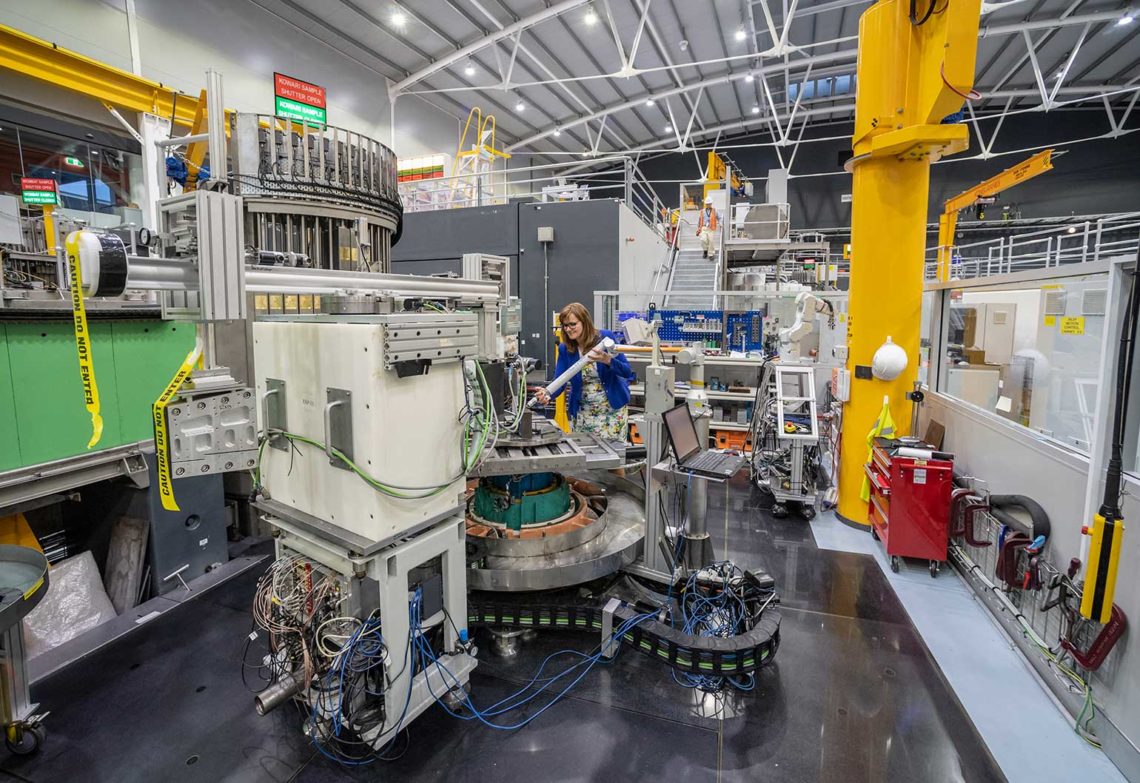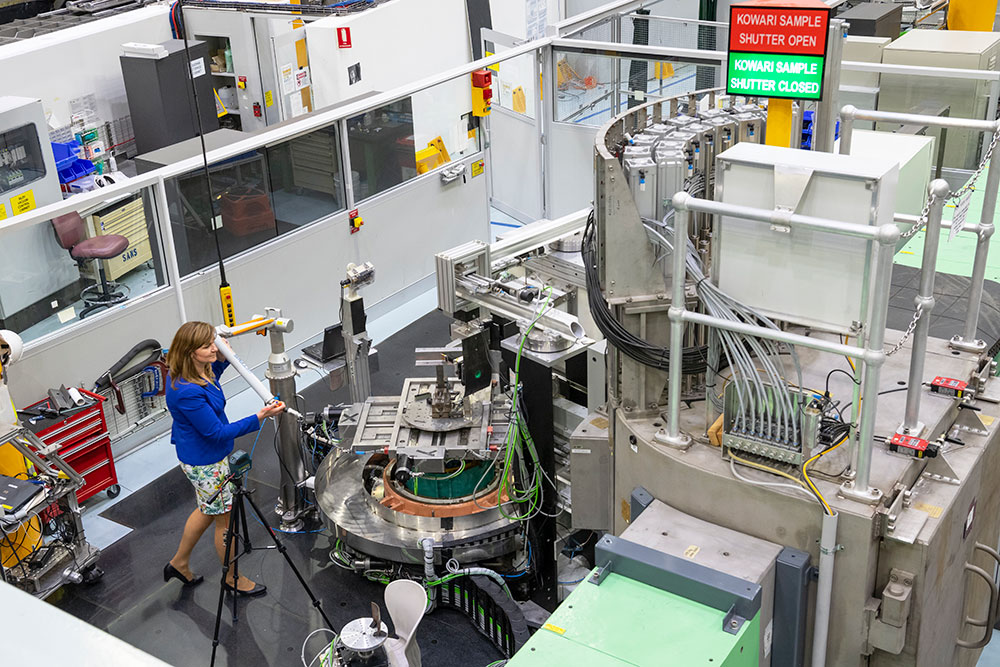Professor Anna Paradowska MIEAust has received the Australian Neutron Beam Users Group (ANBUG) Neutron Award for her outstanding research in neutron science and leadership promoting the Australian neutron scattering community.
Paradowska is an international expert in neutron diffraction stress analysis, which she uses to advance manufacturing procedures, in particular in additive manufacturing and welding structures.
She told create that the future of large scale infrastructure such as synchrotron and neutron scattering facilities looks bright.
“I have no doubt that neutron and synchrotron scattering will make a significant impact on the developments of novel materials and technologies in the near future — such as making our cars, trains and aeroplanes lighter, safer and more sustainable, and making them more efficient,” she said.
“Manufacturing, recycling, transport and structural engineering industries are exploring novel characterisation techniques in Australia and worldwide to improve their products and processes. Our services increasingly become more popular in academia and industry.”
Neutron scattering has been used to determine the internal structure of many types of materials, helping researchers understand why materials have the properties they do, and helping tailor new materials, devices and systems.
In this complex field, Paradowska wears a number of hats. She’s Deputy Chair of Engineers Australia’s National Committee on Applied Mechanics, and Industry Engagement Manager at the Australian Centre for Neutron Scattering (ACNS), within Australian Nuclear Science and Technology Organisation (ANSTO), and Conjoint Professor at the University of Sydney.
While Paradowska works as a scientist, she said she is an “engineer by heart and education”. She has a PhD in mechanical engineering from Monash University and a Master of Science in materials science engineering from Wroclaw University of Technology in Poland.
Putting it into practice
Paradowska’s masters project involved working with industry to develop the production process of electret filtration materials for face masks — something that has become particularly relevant during the pandemic. Today, her role focuses on connecting manufacturing innovation and expertise from the University of Sydney and ACNS with external collaborators and clients.
“My portfolio includes developing commercial and scientific research programs that utilise neutron technology to support Australian and global industry,” she said.
The primary goal of her research is to relate residual-stresses, mechanical and metallurgical properties to manufacturing procedures and integrity requirements of engineering components.
“My expertise is in stress analysis, and my role is to help our scientific and industry users improve safety, reliability and the cost of manufacturing — in particular when it comes to additive manufacturing and welding,” she said.
She started her innovation journey in Australia as the co-responsible scientist for the Kowari Strain Scanner at ANSTO. This instrument can be used to investigate residual stresses in welds such as rails, pipelines, and aeroplanes, and stresses in coatings such as thermal barriers and wear resistant and corrosion resistant coatings.
In addition to its engineering applications, Kowari can be used to investigate new materials, such as shape-memory alloys. These materials can return to their original shape after bending, as with vascular stents, or deformation, and are used in medical and aerospace applications.
Exciting things to come
As for the future, Paradowska will be heavily involved in a project that has received ARC LIEF funding to establish an Australian Stress Engineering Facility at the University of Sydney.
“This is so exciting as, for the first time, this state-of-the-art portable equipment will be available to Australian academia and industry,” she said.
“The Australian Stress Engineering Facility will focus on breaking through the bottlenecks that exist in residual strain and stress analysis that are currently restricting novel materials and the manufacturing processes.
“Its biggest advantage will be to use the expertise and equipment, which is mostly non-destructive and portable, to create science and innovation where stress science and engineering could never go before.”
While Paradowska is honoured by her ANBUG award, she said she still considers herself lucky as she truly enjoys her work.
“On a daily basis I am helping people in academia and industry find the solution to their problems, and I am always on a hunt for new challenges,” she said.




